New research takes a close look at open-access publishing
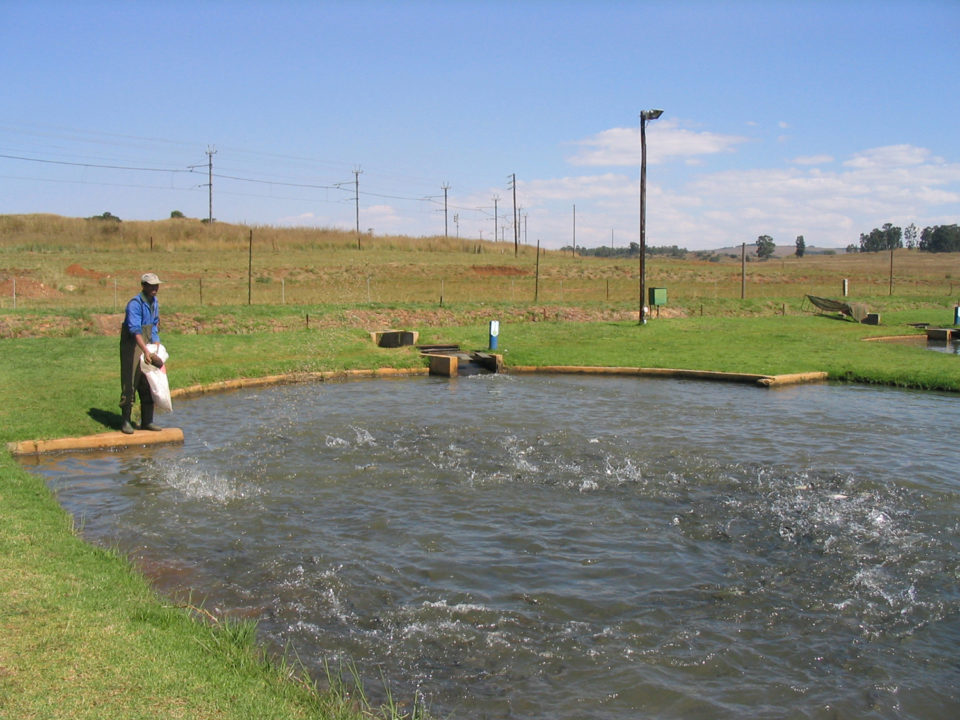
Food production systems rely on sound science to improve and accelerate towards a more sustainable future. Aquaculture, or aquatic farming, is the fastest growing food sector on the planet.
“With 5.8 percent annual growth rate since 2010, aquaculture continues to grow faster than other major food production sectors,” according to the Food and Agriculture Organization of the United Nations (FAO). Aquaculture provides just over half of all seafood production globally. But for aquaculture to continue to grow, especially in a sustainable manner, scientists, policy makers, fish farmers and other stakeholders must rely on robust science to ensure the viability and success of the industry.
Recent research, however, suggests that readers should take caution when soaking in scientific aquaculture literature. Our study, published in Frontiers in Marine Science (Clements JC, Daigle RM, Froehlich HE. 2018. Predator in the pool? A quantitative evaluation of non-indexed open access journals in aquaculture research. Frontiers in Marine Science 5:106.), brings attention to so-called “predatory open access journals” in the field of aquaculture research.
Open access, scientific publishing is a recent adoption by the scientific community to make peer-reviewed content freely available to anyone on the Internet. Currently, the most common way to do this is for authors to pay a fee to journals to make their articles freely available on the web. Our research, with colleagues Rémi Daigle and Halley Froehlich, however, suggests that some journals – often termed “predatory journals” – exploit this model to make a quick buck at the expense of proper peer review.
To better understand whether or not these predatory journals pose a threat to aquaculture, we identified scientific aquaculture journals online and searched for those journals in quality-controlled databases. We then separated the journals into two groups – non-indexed open access journals, and indexed journals – and compared the overall quality of articles within the two journal types to one another.
What we discovered was that while articles in the non-indexed open access journals physically looked like scientific articles, measures of their quality were, on average, lower than articles in the indexed journals.
Most concerning was that articles in non-indexed open access journals typically spent far less time under peer review and the quality of the data analysis was far inferior than for the indexed journals. In some cases, we found original research articles that were published within a day or two of submission, and many of these articles contained poor or no statistical analysis to justify their conclusions.
Although these findings are concerning for scientists, we believe that the threat lies more with non-scientists who rely on peer reviewed literature. Policy makers, managers, fish farmers and the general public rely on sound and reliable science for a successful and sustainable aquaculture industry. And if they are not adequately trained to properly recognize good science from bad science, they run the risk of interpreting predatory open access journals as high-quality scientific journals.
Furthermore, our study found that these non-indexed open access journals were more likely to be found during a Google search. This is concerning, given that the public perception of aquaculture is often negative, despite research showing a wealth of positive benefits.
While my co-authors and I advocate for caution, we also believe that the results of our study do not mean that all non-indexed open access journals are necessarily predatory. Our results suggest that some of these non-indexed open access journals have the potential to publish shoddy science, but that does not mean that they are all bad, nor does it mean that all articles in them are bad.
Ultimately, I believe that open access publishing is a benefit to aquaculture science, and indeed all of science, but that it is important to understand that some scientific information may not necessarily be correct or factual.
Science communication, like any form of communication, is a two-way street: readers need to be aware that not all science is created equally and that some science is flawed; at the same time, scientists need to connect with a broad audience to quell some of the misinformation that exists in scientific literature. For now, however, awareness and recognition are key to identifying and avoiding predatory open access aquaculture journals.
Author
-
Jeff C. Clements, Ph.D.
NSERC Visiting Postdoctoral Fellow
Natural Sciences and Engineering Research Council (NSERC)
Moncton, Canada[109,111,99,46,108,105,97,109,103,64,115,116,110,101,109,101,108,99,99,121,114,101,102,102,101,106]
Related Posts
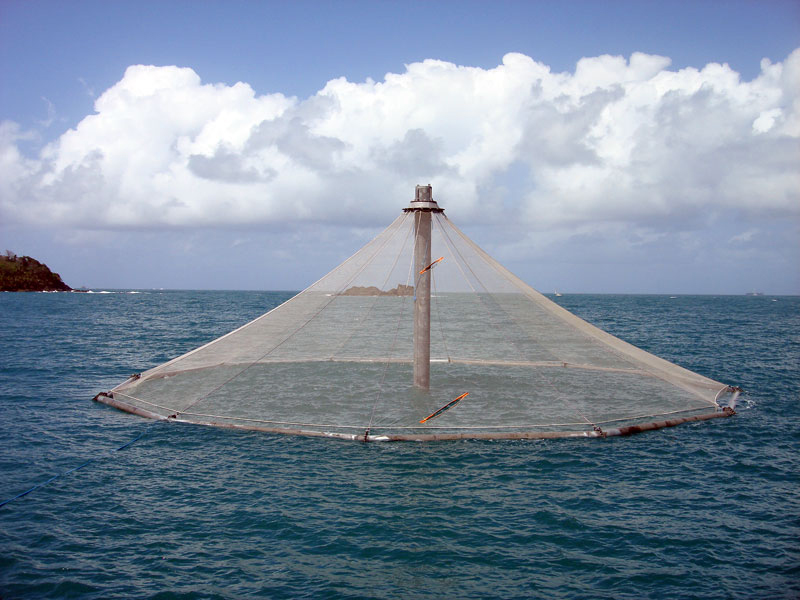
Responsibility
Do you know offshore aquaculture when you see it?
Researchers have determined that a definition of “offshore aquaculture” was necessary to critically assess the impacts and benefits of moving fish farming operations “slightly farther and slightly deeper” out to sea.
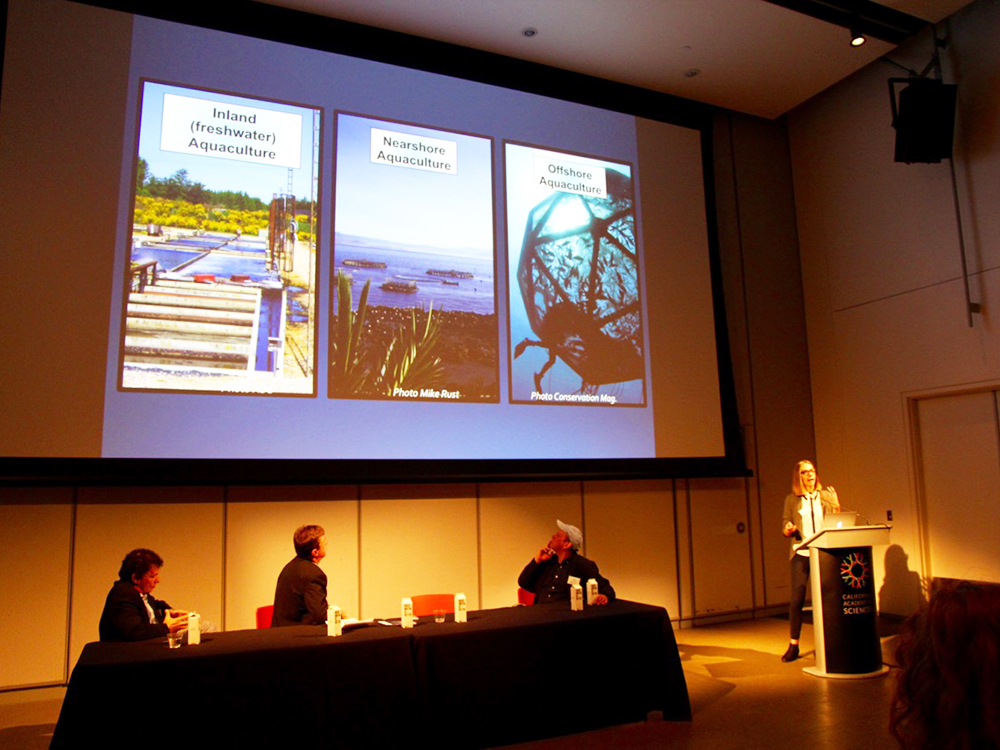
Responsibility
Going deep on offshore aquaculture
Open-ocean aquaculture, the “new kid on the block” in the rapidly growing aquaculture industry, was examined at a California Academy of Sciences event. New contributor Twilight Greenaway reports.
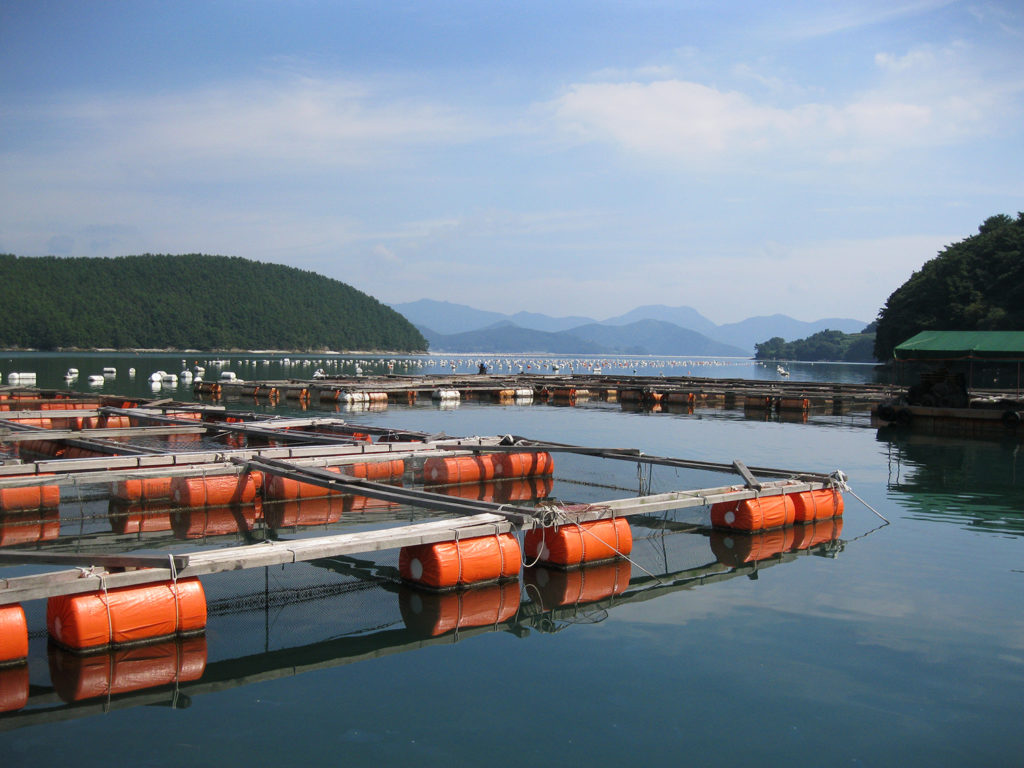
Responsibility
Study: Aquaculture ‘hot spots’ virtually untapped
Ocean "hot spots," UCSB researchers have determined, provide enough space to produce 15 billion metric tons of finfish annually, more than 100 times the current global seafood consumption.
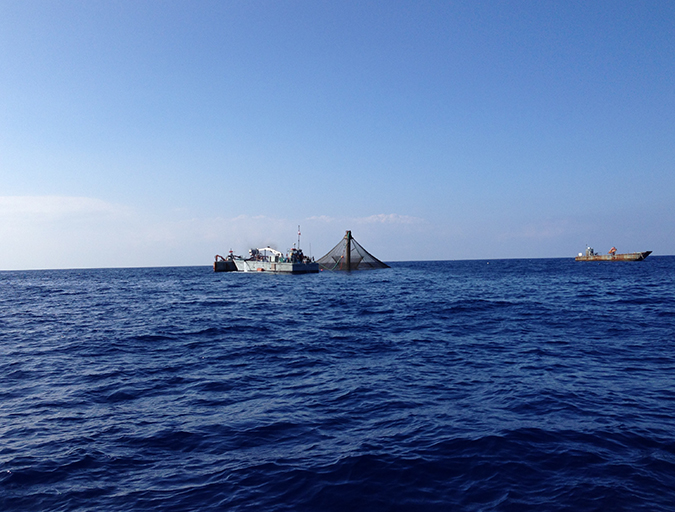
Intelligence
‘Spatiotemporal patterns’ indicate improving perceptions of aquaculture
A study led by University of California Santa Barbara researchers has found that public sentiment toward aquaculture improves over time, a potentially important development with growing interest in offshore aquaculture.


